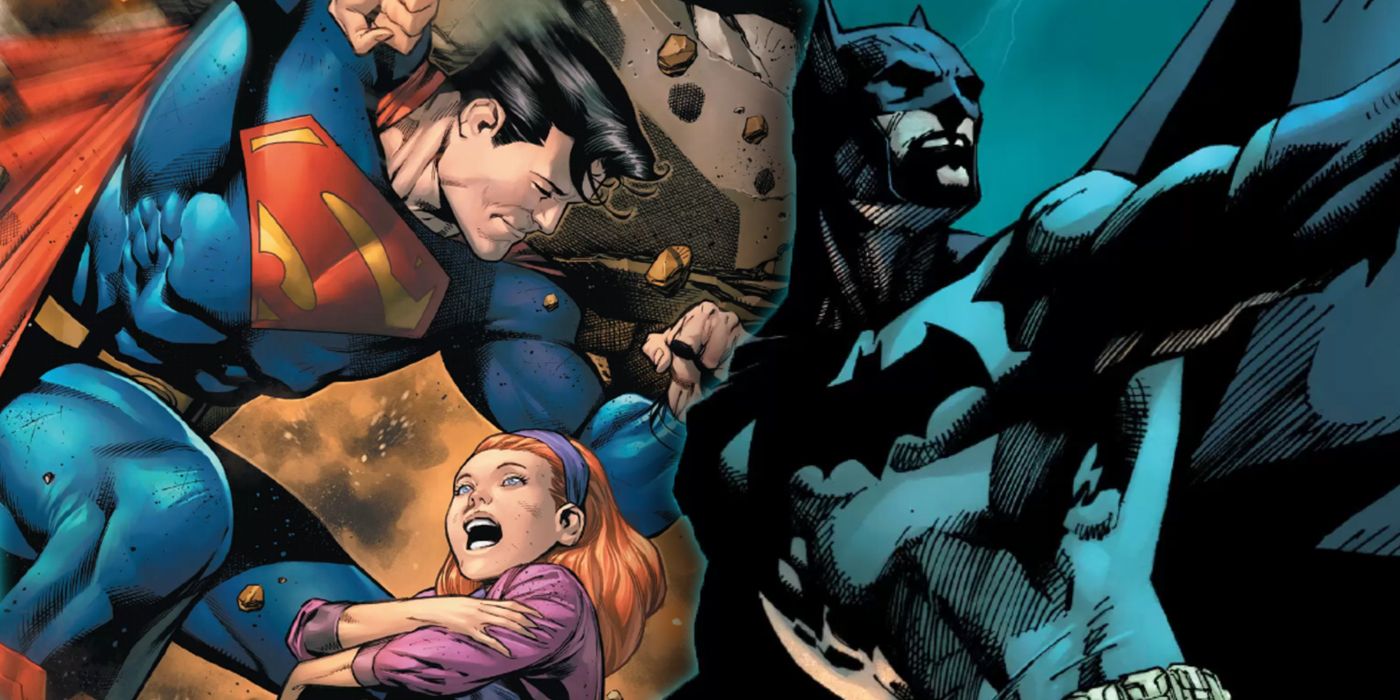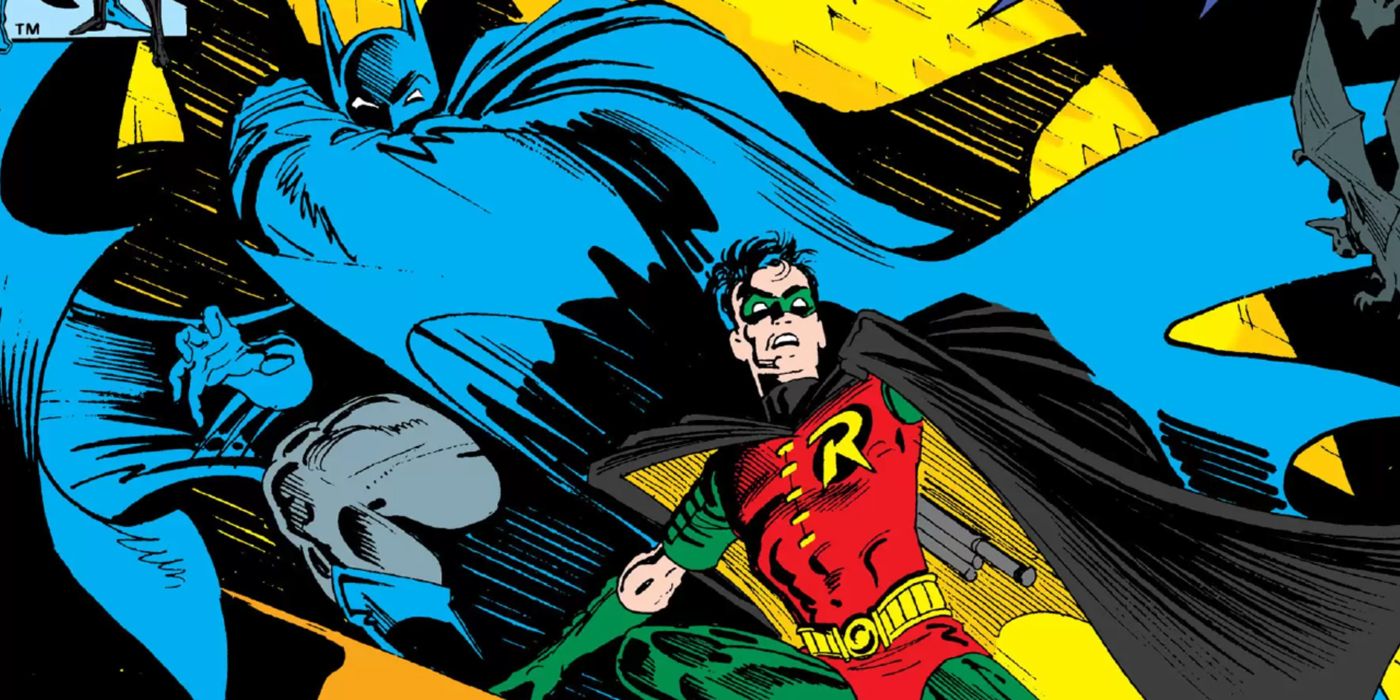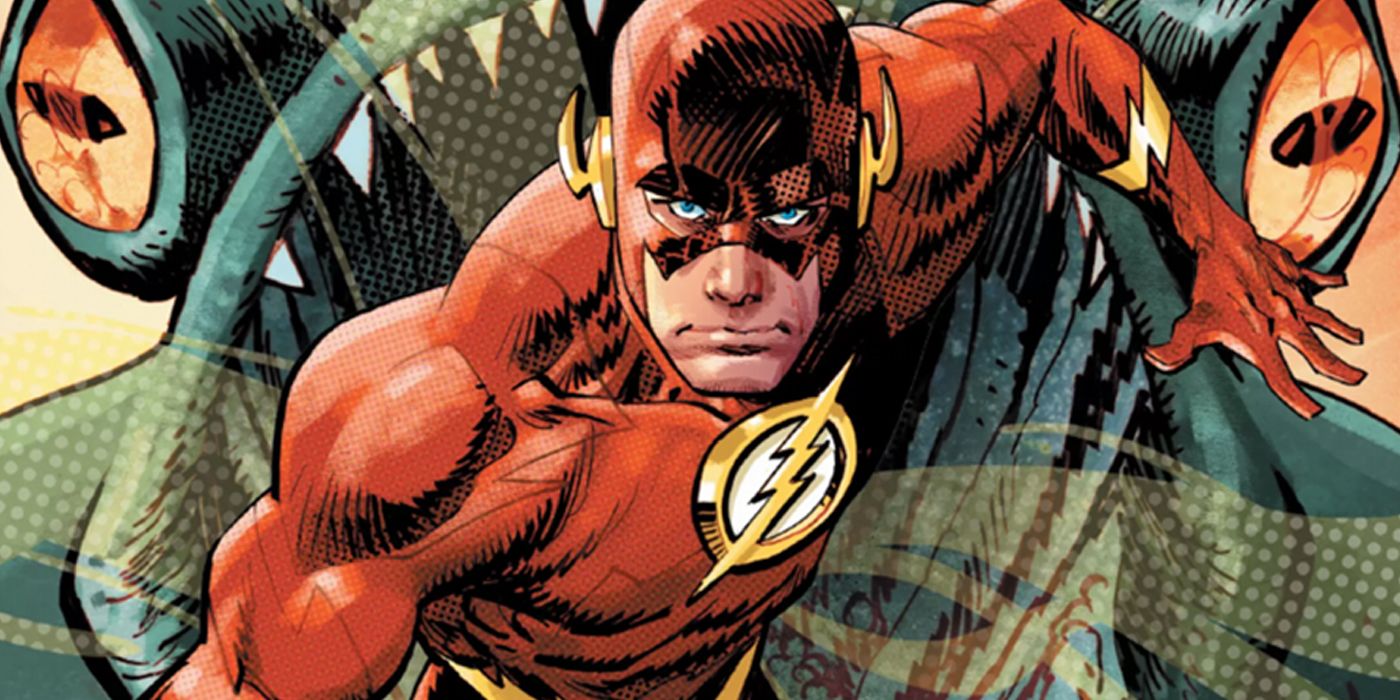For any longtime comic book reader, the next epic sagas from DC and Marvel always seem to be sold on the same promises. Frequently, storylines or seemingly random issues are advertised as the perfect place to start reading a comic book that carries over 50 years of history that actively matters.
However, modern comics rarely live up to those lofty promises. With storylines that are created with collected editions in mind, cross over with other titles or sit mired in continuity, today's superhero comics rarely have "one-and-done" stories where heroes encounter a dilemma, get into a few fights and save the day by the end of the issue. From the Flash jumping out of a plane to save someone to Spider-Man saving a young boy from S.H.I.E.L.D. to Batman and Robin stopping a murder, these once-common stories gave regular readers a chance to be reminded of what the normal life of the heroes was like while offering new readers a chance to see what a particular comic was like without dedicating half a year to reading it.
The majority of American comic book history lies in these one-shot stories. Throughout the Golden and Silver Ages of Comics in the 20th century, having a story take place over multiple issues was a rare experience. Newsstand readers tended to pick up comics based on the cover that interested them most, which meant that they may skip Detective Comics or Fantastic Four one month to pick up Green Lantern or X-Men instead. Readers weren't expected to follow every single issue of any given series, even ones starring their favorite characters.
While multi-issue arcs are standard in today's comics, there's still considerable merit to the idea of one-and-done comics. While the promise of stories that are the culmination of years of preceding plots might entice longtime fans, they're a warning sign for new readers. There's no telling how much they might need to know to understand an epic that's been years in the making or how much time or money they'd have to invest in the series to really get an understanding of the story or its characters.
And for regular readers, the constant building of cascading plotlines can become exhausting as well. Short one-and-done stories give readers a solid footing that recalibrates who characters are at their core and make changes to them feel more impactful.
Over the past several weeks, DC's "Digital First" comics have proven that one-and-done stories still work. Each issue of each series clearly connects to tell a larger tale about that character, but they all stand on their own, as they did in the print anthologies in which they originally appeared. For instance, it's perfectly easy to pick up Flash: Fastest Man Alive #3 without knowing what happened in the series' first two issues without feeling lost.
These series function as perfect introductions to the characters and concepts that have made DC's heroes icons for so long. These comics offer brief portraits of these characters, their supporting casts and their lives without making readers feel like they need a comprehensive knowledge of their histories to understand stories. These comics are largely set in their own continuities where anyone with a vague cultural awareness of things like Superman and Lois Lane's marriage wouldn't be lost.
While those "Digital-First" stories were originally written for the potential wide audience who might pick them up at Wal-Mart, the continued presence of "facsimile editions" that reprint classic comic books in their entirety, complete with ads, suggests that there's a market for one-and-done stories, even among hardcore comic book fans. Even though most of the American comics book industry has been shuttered for the last several weeks, DC's "Digital-First" line has flourished on Comixology, consistently ranking among the service's most-purchased digital comics.
These DC books prove that it's still possible to tell compelling, modern superhero stories without making readers feel like they need to read a character's Wikipedia page to follow along. While longer storylines have their place, one-and-done stories give new and old readers alike the easiest way to pick up a comic and know everything they need to as fast as possible, without getting bogged down in the details of a story that's been building for years. With one-and-done comics, publishers can make comics truly accessible to anyone who wants to dive into the world of their favorite superheroes.



